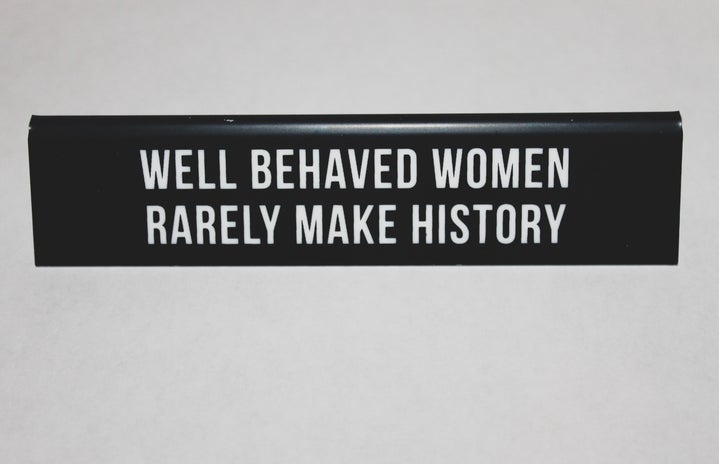Superman, Spiderman, Batman. What do all these names have in common?
Man.
It’s not that there’s anything wrong with these heroes; on the contrary, they’ve inspired generation after generation to go into the comic industry themselves and create more diverse characters that reflect minorities (read: anything that is not a straight white male).
But the major heroes – the ones that most often get the leading role – are still largely male. And it wouldn’t be a stretch to say that this is because of the scarcity of women writers and artists in the comic industry.
It’s not that women aren’t there. In fact, Sean Murphy, a comic artist who runs an apprenticeship program for aspiring artists, said that 30% of his 70 applicants were women. More and more females are looking into the industry; they just aren’t being considered like the men are.
Let’s compare the two biggest names in comics: Marvel and DC. Since there is no data that includes non-binary artists, we’ll look only at men and women’s roles in all aspects of comic book credit. All of these statistics come from Tim Hanley’s extended article titled “Gendercrunching August 2015 – Special Totals for Marvel and DC, But Are They Sustainable?”
DC Comics put out 70 new comics in August of 2015. Of the 584 creators, 490 were men while only 94 were women. These two graphs show how disproportionate the comic book industry is: less than a fifth of these new comics are credited to women.
Compared to August of 2014, DC had 9.5% female creators: less than a tenth. Progress is slowly being made, seeing as women took 6.6% in just one year.
Marvel is doing better than DC in terms of female creators, but only just so. They also released 70 new comics in August of 2015, with 99 of the 588 creators being women. Despite there being an astounding 0% of women letterers, Marvel is overall slightly further ahead of DC.
Again, compared to August of 2014, Marvel went from 9.8% female creators to 16.8% – a 7% increase.
Now, these numbers are appallingly low for 2015: where are all the women? It’s not that girls aren’t reading comics; in fact, in February of 2014, females made up 46.67% of Facebook’s self-identified comic fans in the United States.
There’s no easy solution to get women more representation in the comic industry, but the more we, as consumers, support comics created by and featuring women, the more the comic industry will take notice. It all essentially runs on money: if comics with female protagonists made by female creators sell, the industry will push for more. Comics like Ms. Marvel by G. Willow Wilson or Lumberjanes by Grace Ellis and Noelle Stevenson are incredible examples of this. Although they are significantly less popular than the universally known Superman or Batman, the comics are just as developed and relevant – especially for girls who want to see fellow women as superheroes!

